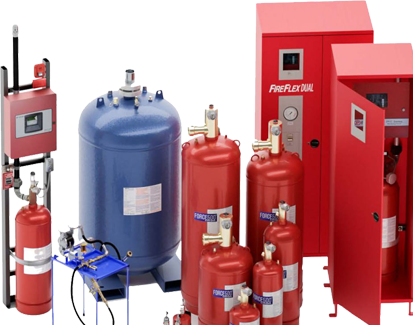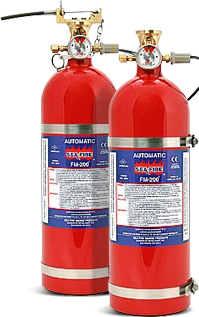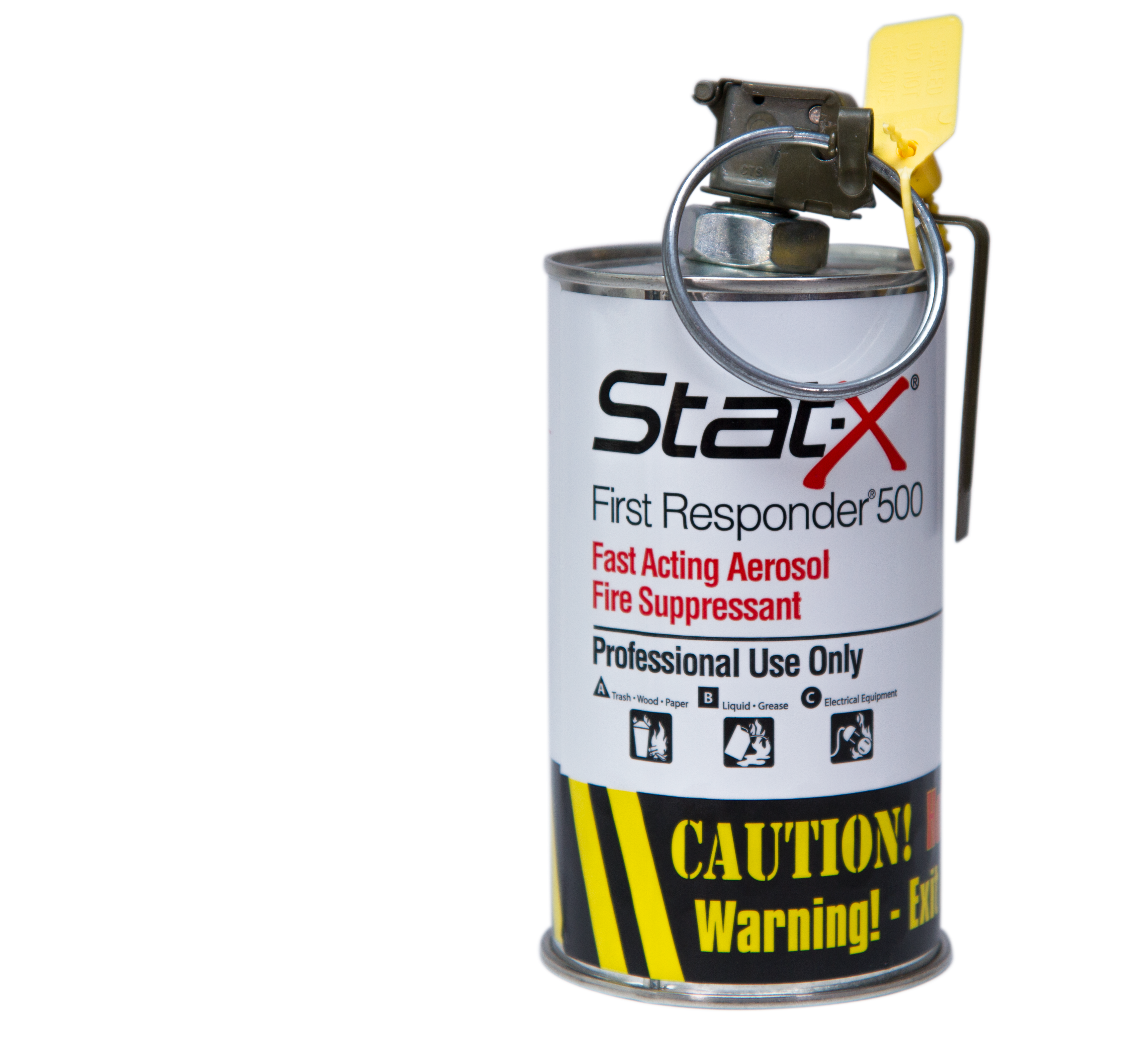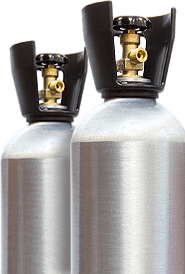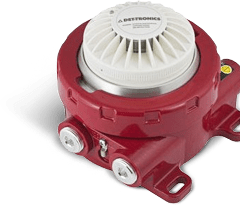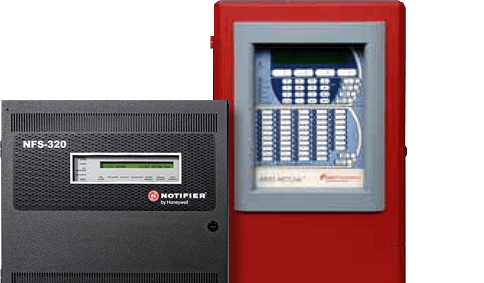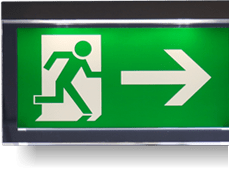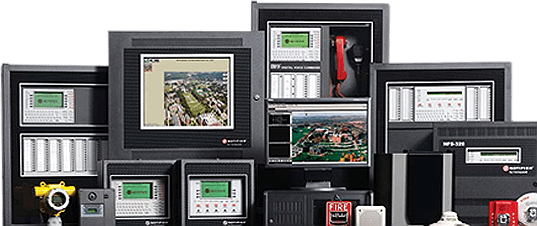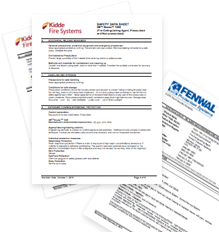Clean Agent & CO2 Cylinder Testing
Cylinders with structural integrity flaws may suffer leaks or explode under pressure. Routine CO2 cylinder testing is mandatory and keeps your staff and facility protected when it matters most.
Which Tanks Need Hydrostatic Testing?
There is a wide range of tanks that need a periodic hydrostatic test for cylinders to verify it's safe to continue using them. These include:
- Fire extinguishers
- CO2 tanks for fire protection
- Clean agent fire protection cylinders
- Aluminum fibre-wrapped cylinders
- Firefighting breathing air cylinders (SCBA)
- SCUBA diving tanks
- Medical cylinders
- Steel cylinders
- Composite fibre-wrapped cylinders
Hydrostatic Pressure Test Procedure
It's important that CO2 cylinder hydrostatic testing is carried out by a Transport Canada (TC) approved agency. Cylinders are first visually inspected to assess their overall condition. Licensed technicians carefully check for dents, gouges, sidewall deformation, wall thickness, and evidence of advanced corrosion. They also take a close look for hairline cracks and fissures at the neck and shoulder where valve bodies screw in.
Once the external visual inspection is complete, the cylinder is evacuated and all valves, hose assemblies, and internal parts are removed. The inside is the cylinder is given the same scrutiny as the outside. If everything looks safe to continue CO2 cylinder pressure testing, the cylinder is filled with water and placed in a water jacket tube.
After the water temperature in the cylinder and the water jacket has equalized, the cylinder is pressurized to about 5/3 of the normal operating pressure that is stamped into the cylinder and held at that pressure for a minimum of 30 seconds. The CO2 cylinder hydrostatic test pressure can be anywhere from 3,000 to 10,000 psi. Discharge and accessory hoses are also tested to ensure there aren't any hidden weaknesses.
A manometer, or clear fluid-filled tube, measures how much the cylinder expands under pressure. The higher the fluid is pushed in the manometer, the greater the cylinder expansion. As the cylinder is depressurized and equalizes, the final expansion is noted and compared to the original measurement. It's normal for cylinders to remain slightly larger after hydrostatic testing. This permanent expansion can't be greater than 10% of the total expansion, and the material the cylinder is made of dictates what the maximum acceptable dynamic expansion is.
If a cylinder leaks or exceeds the maximum expansion threshold, it's condemned. Condemned cylinders can't be repaired or reused and must be destroyed. Tanks that pass their fire cylinder testing are checked to ensure the testing didn't cause any new cracks, deformities, or damage and stamped with the licensed test agency's number. Finally, they're gently and completely dried, refilled, and placed back into service.
How Often Must Cylinders Be Tested?
CO2 cylinders needing to be recharged must be tested every five years before refilling and cylinder remaining in service without discharge after 12 years must be removed and tested in accordance with the National Fire Protection Association (NFPA), Department of Transportation (DOT), and Transport Canada (TC) regulations. Hydrostatic testing of CO2 cylinders has to be done by licensed and certified agencies.
Control Fire Systems offers:
-
Transport Canada (TC) approved water jacket hydro testing
- Internal cleaning
- Internal and external cylinder inspections
- Comprehensive computerized results
- Sandblasting to remove old cylinder paint
- Cylinder repainting
- Valve rebuilding
Control Fire Systems is a Transport Canada (TC) approved test facility that handles CO2 and clean agent cylinder testing and maintenance. Schedule your facility's hydrostatic cylinder testing with our experienced, certified team.






